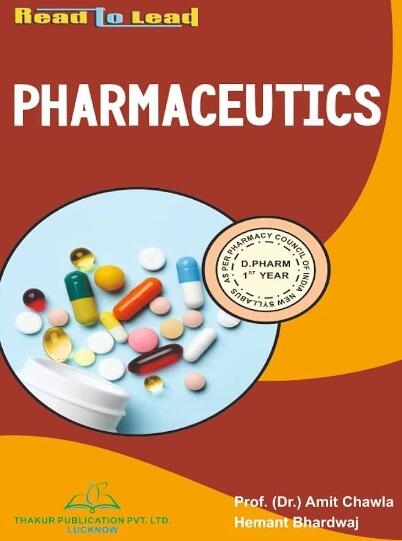Pharmacometrics to Evaluate Dosing of the Patient-Friendly Ivermectin CHILD-IVITAB in Children ≥ 15 kg and <15 kg
IF 4.9
3区 医学
Q1 PHARMACOLOGY & PHARMACY
引用次数: 0
Abstract
The antiparasitic drug ivermectin is approved for persons > 15 kg in the US and EU. A pharmacometric (PMX) population model with clinical PK data was developed (i) to characterize the effect of the patient-friendly ivermectin formulation CHILD-IVITAB on the absorption process and (ii) to evaluate dosing for studies in children < 15 kg. Simulations were performed to identify dosing with CHILD-IVITAB associated with similar exposure coverage in children ≥ 15 kg and < 15 kg as observed in adults receiving the reference formulation STROMECTOL®. A total of 448 ivermectin concentrations were available from 16 healthy adults. The absorption rate constant was 2.41 h−1 (CV 19%) for CHILD-IVITAB vs. 1.56 h−1 (CV 43%) for STROMECTOL®. Simulations indicated that 250 µg/kg of CHILD-IVITAB is associated with exposure coverage in children < 15 kg consistent with that observed in children ≥ 15 kg and adults receiving 200 µg/kg of STROMECTOL®. Performed analysis confirmed that CHILD-IVITAB is associated with faster and more controlled absorption than STROMECTOL®. Simulations indicate that 250 µg/kg of CHILD-IVITAB achieves equivalent ivermectin exposure coverage in children < 15 kg as seen in children ≥ 15 kg and adults.采用药物计量学方法评估伊维菌素 CHILD-IVITAB 在体重≥ 15 千克和小于 15 千克儿童中的用药剂量
在美国和欧盟,抗寄生虫药物伊维菌素被批准用于体重大于 15 公斤的人群。我们利用临床 PK 数据建立了一个药物计量(PMX)群体模型:(i) 描述方便患者使用的伊维菌素制剂 CHILD-IVITAB 对吸收过程的影响;(ii) 评估对体重小于 15 公斤的儿童进行研究时的剂量。我们进行了模拟试验,以确定 CHILD-IVITAB 在体重≥ 15 千克和< 15 千克的儿童中的用药剂量,其暴露范围与成人服用参考制剂 STROMECTOL® 时的暴露范围相似。从 16 名健康成人身上共获得 448 个伊维菌素浓度。CHILD-IVITAB 的吸收率常数为 2.41 h-1(CV 19%),而 STROMECTOL® 的吸收率常数为 1.56 h-1(CV 43%)。模拟结果表明,250 µg/kg CHILD-IVITAB 对体重小于 15 kg 的儿童的暴露范围与体重大于 15 kg 的儿童和接受 200 µg/kg STROMECTOL® 的成人的暴露范围一致。已进行的分析证实,与 STROMECTOL® 相比,CHILD-IVITAB 的吸收速度更快,更易控制。模拟结果表明,250 µg/kg CHILD-IVITAB 可使体重小于 15 kg 的儿童获得与体重≥ 15 kg 的儿童和成人相同的伊维菌素暴露覆盖率。
本文章由计算机程序翻译,如有差异,请以英文原文为准。
求助全文
约1分钟内获得全文
求助全文
来源期刊

Pharmaceutics
Pharmacology, Toxicology and Pharmaceutics-Pharmaceutical Science
CiteScore
7.90
自引率
11.10%
发文量
2379
审稿时长
16.41 days
期刊介绍:
Pharmaceutics (ISSN 1999-4923) is an open access journal which provides an advanced forum for the science and technology of pharmaceutics and biopharmaceutics. It publishes reviews, regular research papers, communications, and short notes. Covered topics include pharmacokinetics, toxicokinetics, pharmacodynamics, pharmacogenetics and pharmacogenomics, and pharmaceutical formulation. Our aim is to encourage scientists to publish their experimental and theoretical details in as much detail as possible. There is no restriction on the length of the papers. The full experimental details must be provided so that the results can be reproduced.
 求助内容:
求助内容: 应助结果提醒方式:
应助结果提醒方式:


